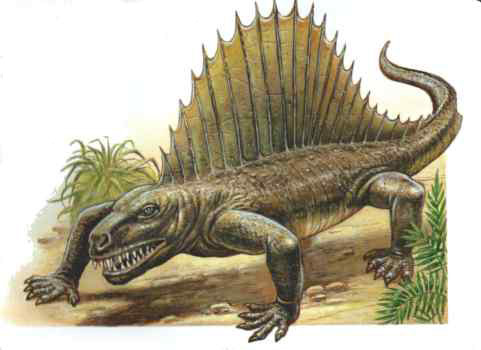
By Lauren Cahoon
ScienceNOW Daily News
28 May 2008
X-Men fans rejoice: Wolverine has come to life, as a frog. When the comic book warrior faces a fight, metallic blades spring forth from his hand. A new study concludes that certain African frogs are similarly equipped, having sharp, claw-shaped bones that pierce through their own fingertips when the animal is threatened.More than 100 years ago, scientists observed the mysterious bony appendages in museum specimens of the Arthroleptidae frog family, but they had no idea what to make of them. Some speculated that the protrusions were an artifact of the preservation process. Harvard University biologists David Blackburn decided to solve the mystery once and for all after having the frequent misfortune of being injured by the amphibians while doing field research in Cameroon. “The frogs will start kicking and drag these claws against your skin,” he says. “I’ve gotten bloody scratches from them many a time.”
Due to strict government regulations on removing live animals from Cameroon, Blackburn’s team had to do their anatomical studies on preserved museum specimens. In addition to the talon-shaped finger bones others had seen, the researchers found a small bony nodule nestled in the tissue just beyond the frog’s fingertip. When sheathed, each claw is anchored to the nodule with tough strands of collagen, but, as Blackburn had discovered firsthand, when the frog is grabbed or attacked, the frog breaks the nodule connection and forces its sharpened bones through the skin.
This bizarre skeletal feature is found in only 12 species within the Arthroleptidae family,




